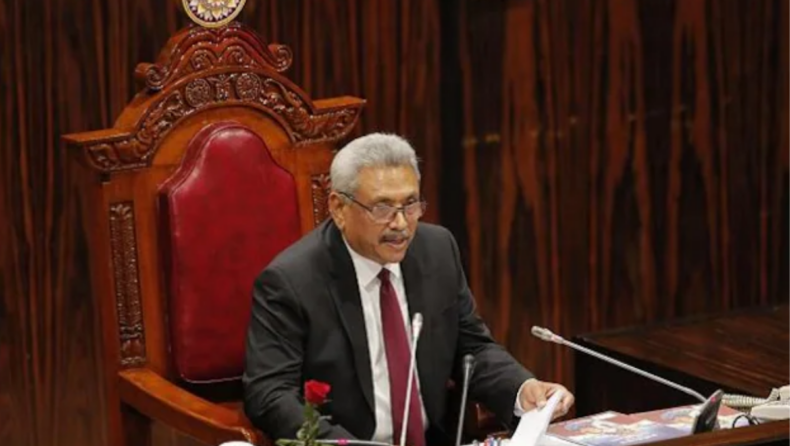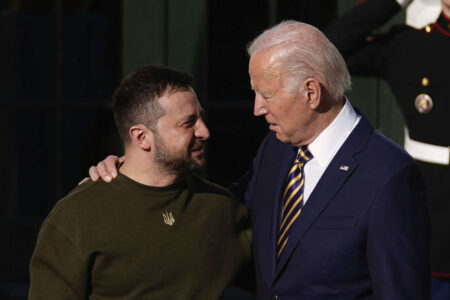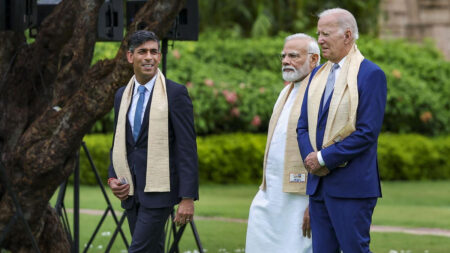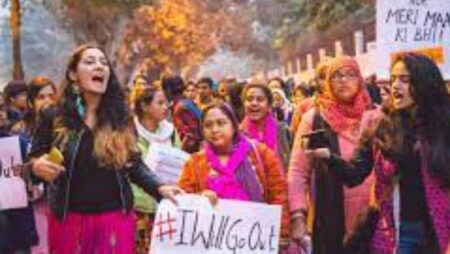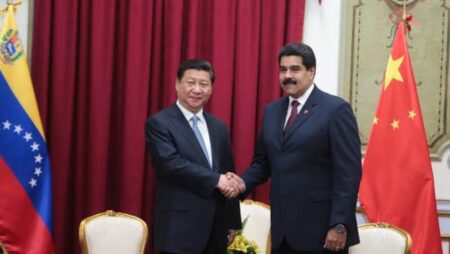As the country gets heavily indebted with only a little money left to pay for imports, meaning fuel, power, food and, increasingly, medicines are in short supply. With inflation vowing to reach the double-digit mark, opposition in Colombo is now warning the Rajapaksa govt with the no-confidence motion threats.
Present Sri-Lanka Crisis
SriLankan economy is foreseeing a complete collapse even with bailouts being availed, the country is on the outskirts of complete chaos of economy.
The government had only $2.31 billion in reserves left in February. However, it faces debt repayments totalling about $4 billion in 2022. This includes a $1 billion international sovereign bond (ISB) which is due in July. Japan and China are among the other main lenders of the Asian Development Bank, with ISBs accounting for the highest share of Sri Lanka’s foreign debt at $12.55 billion.
The covid19 pandemic decimated the country’s vital tourism industry and foreign workers’ remittances. This resulted in the credit rating agencies downgrading Sri Lanka consequently shunting it out of international capital markets.
Sri Lanka’s debt management programme got crumbled as it was primarily reliant on access to these capital markets. As a result, the country’s foreign exchange reserves plunged by about 70% in just two years.
Experts believe that the decision by the Rajapaksa government to lay out a blanket ban on all chemical fertilisers in 2021 which was later reversed, harmed the country’s farm economy and resulted in a decline in the key rice production.
A 2019 Asian Development Bank working paper had raised concern when it highlighted that,
“Sri Lanka is a classic twin deficits economy. Twin deficits signal that a country’s national expenditure exceeds its national income, and that its production of tradable goods and services is inadequate.”
The experts, however reason that the deep tax cuts promised by Rajapaksa during a 2019 election campaign that was enacted months before the COVID-19 pandemic was the catalyst that accelerated the current crisis.
Sri Lanka’s Political Crisis
Even with at least 41 lawmakers having left the ruling coalition, the administration claims it still has a majority in parliament. Following this, Sri Lanka’s Opposition Leader Sajith Premadasa told President Gotabaya Rajapaksa that if he continued to stay in office, he would face a trust vote, despite voters’ demands for his immediate resignation.
“Either lead, follow, or get out of the way,” Mr. Premadasa told Mr. Gotabaya during the adjournment debate on the International Monetary Fund report on Sri Lanka’s economic position. Mr. Premadasa, the leader of the Samagi Jana Balawegaya (SJB or United People’s Force), demanded not only that the President resign, but also that the Executive Presidency, a system of administration that grants the position broad powers, be abolished.
While Mr. Premadasa appeared to reflect the main demand of voters across the country in the House. In a No-Confidence Motion even with the assistance of all other opposition parties, the SJB which has 54 seats, can only have a little more than 70 votes. Without the 42 government MPs who are sitting independently and other potential defectors, a required simple majority would be impossible to pass a trust vote in the 225-member house.
Impeachment of the President is also impossible without the support of two-thirds of the House. The government’s popularity is on a decline with each passing day mounting pressure on the parliamentarians as the enraged protestors are targeting government assets.
Published By :- Shubham Agarwal







